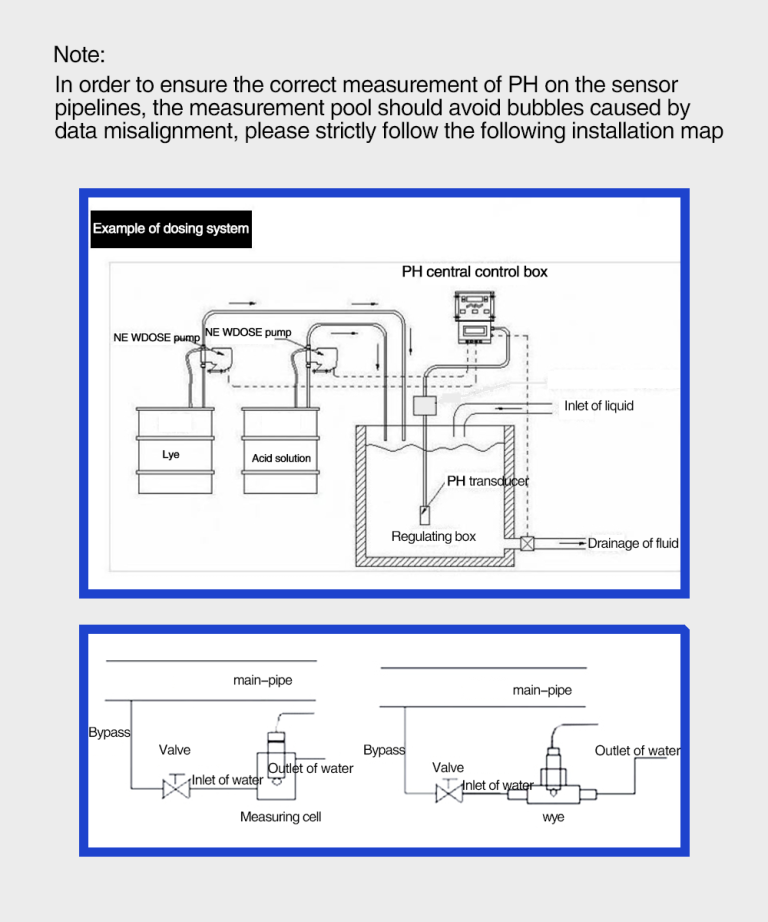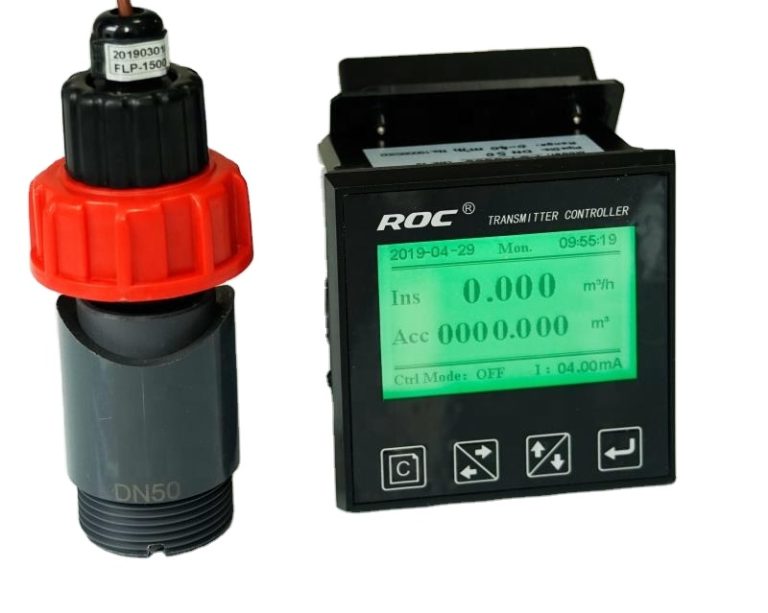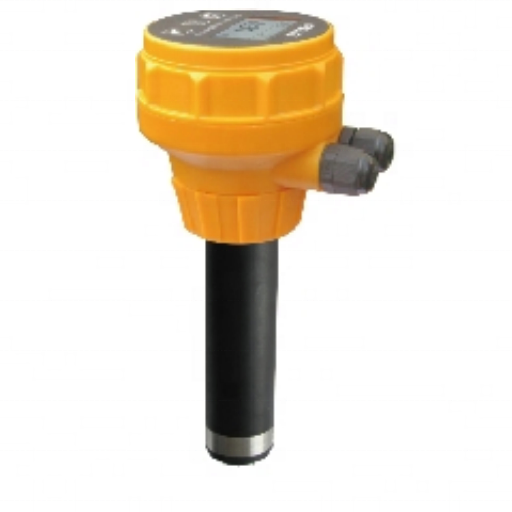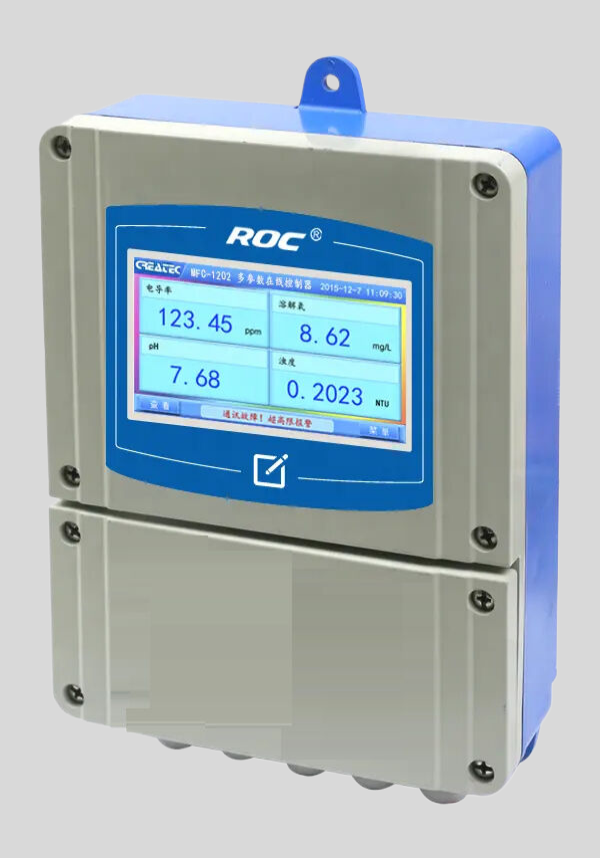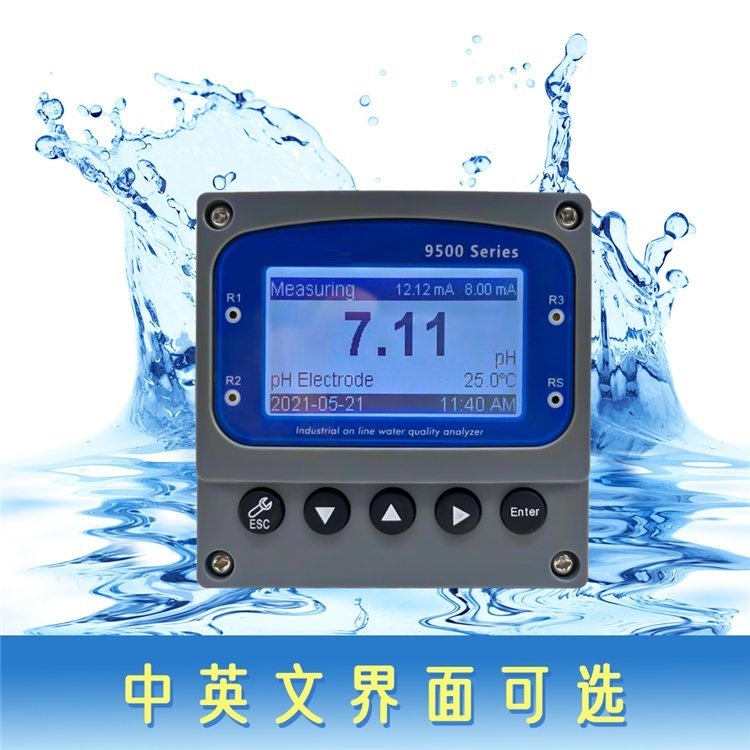Table of Contents
Common reverse osmosis controller Error Codes and How to Troubleshoot Them
Reverse osmosis (RO) systems are widely used in various industries and households to purify water by removing impurities and contaminants. These systems are equipped with controllers that help monitor and regulate the RO process. However, like any electronic device, RO controllers can encounter errors that may disrupt the system’s operation. In this article, we will discuss some common reverse osmosis controller error codes and how to troubleshoot them.
One of the most common error codes that RO controllers display is “Low Pressure.” This error indicates that the system is not generating enough pressure to push water through the membrane. To troubleshoot this issue, check the pressure gauge on the system to ensure that it is within the recommended range. If the pressure is low, you may need to replace the membrane or check for any clogs in the system.
Another common error code is “High Pressure,” which indicates that the system is generating too much pressure. High pressure can damage the RO membrane and other components of the system. To troubleshoot this issue, check the pressure relief valve to ensure that it is functioning properly. You may also need to adjust the pressure settings on the controller to bring it within the recommended range.
| Model | POP-8300 free chlorine online analyzer |
| Measurement range | (0.00-2.00)mg/L(ppm) (0.00-20.00)mg/L(ppm) |
| Accuracy | Indication error 10% |
| Resolution | 0.01mg/L(ppm) |
| Communication interface | RS485 MODBUS RTU communication protocol |
| Analog output | Double channel (4-20)mA output; Isolated, reversible, completely adjustable, instrument/transmitter dual mode; ±0.1mA transmission accuracy |
| Control output | Double channels, Load capacity 50mA(Max),AC/DC 30V |
| Power supply | Connected to electric supply AC80-260V;50/60Hz, compatible with all international market power standards(110V;220V;260V;50/60Hz). |
| Working environment | Temperature:(5-50)℃;relative humidity:≤85% RH(non-condensation) |
| Power Consumption | <20W |
| Storage environment | Temperature:(-20-70)℃;relative humidity:≤85%RH(non-condensation) |
| Installation | Wall mounted (with the preset back cover) |
| Cabinet weight | ≤10kg |
| Cabinet dimension | 570*mm*380mm*130mm(H×W×D) |
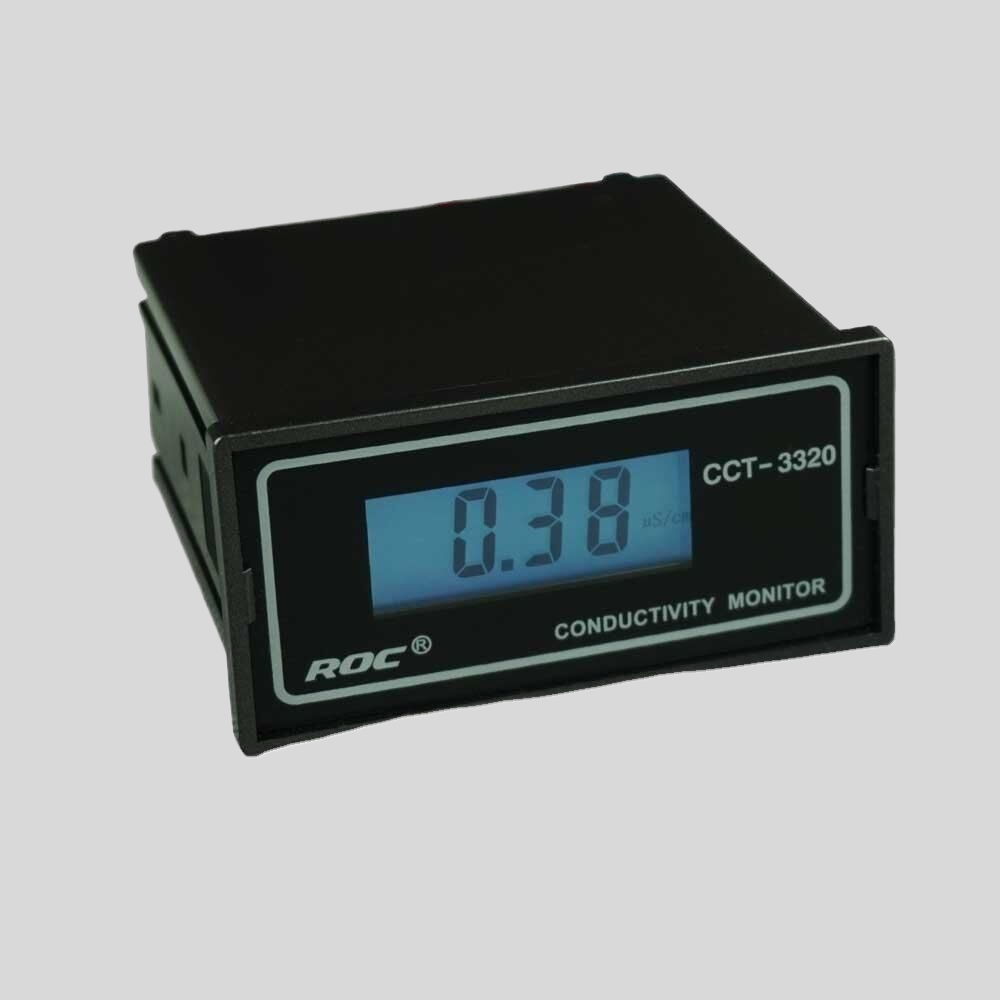
“High Flow” is the opposite of the low flow error code and indicates that the system is producing too much water flow. High flow can put a strain on the system and reduce the efficiency of the RO process. To troubleshoot this issue, check the flow restrictor to ensure that it is properly installed and functioning. You may also need to adjust the flow settings on the controller to bring it within the recommended range.
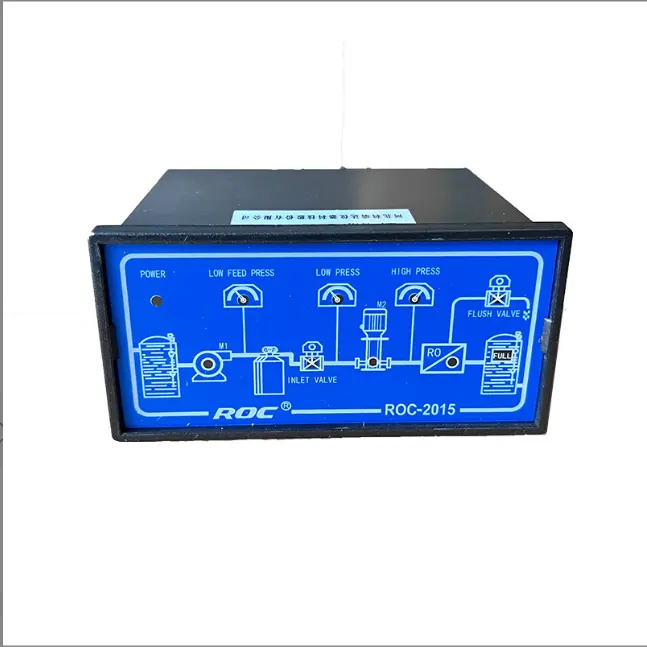
“Temperature Error” is another common error code that RO controllers may display. This error indicates that the temperature of the water entering the system is outside the recommended range. To troubleshoot this issue, check the temperature sensor on the system to ensure that it is functioning properly. You may also need to adjust the temperature settings on the controller to bring it within the recommended range.
In conclusion, reverse osmosis controllers play a crucial role in monitoring and regulating the RO process. However, they can encounter errors that may disrupt the system’s operation. By understanding common reverse osmosis controller error codes and how to troubleshoot them, you can ensure that your RO system operates efficiently and effectively. If you encounter any error codes that you are unable to troubleshoot, it is recommended to contact a professional technician for assistance.
Understanding the Importance of Regular Maintenance to Prevent reverse osmosis controller Error Codes
Reverse osmosis systems are a crucial component in many industrial and residential settings, providing clean and purified water for a variety of uses. However, like any complex system, reverse osmosis controllers can encounter errors that may disrupt their operation. Understanding these errors and knowing how to prevent them through regular maintenance is essential for ensuring the continued efficiency and effectiveness of your reverse osmosis system.
| Model | pH/ORP-8500A pH/ORP Online Meter |
| Range | pH:0.00~14.00 ; ORP:(-1999~+1999)mV; Temp.:(0.0~100.0)°C (Temp.Compensation: NTC10K) |
| Resolution | pH:0.01 ; ORP: 1mV; Temp.:0.1°C |
| Accuracy | pH:+/-0.1 ; ORP: +/-5mV(electronic unit); Temp.: +/-0.5°C |
| Temp. compensation | NTC10K Temperature compensation |
| Medium Temp. | (0~80)°C |
| Analog output | Double channels isolated; transportable(4~20)mA, instruments/ transmitter mode |
| Control Output | Triple channels semiconductor photoelectric switch, load current: AC/DC 30V, 50mA(max) |
| Communication port | RS485,Modbus RTU protocol |
| Working Environment | Temp.(0~80)℃; relative humidity <95%RH (non-condensing) |
| Storage Environment | Temp.(-20~60)℃;Relative Humidity ≤85%RH (none condensation) |
| Power Supply | DC 24V |
| Power consumption | <3W |
| Protection level | IP65 (with back cover) |
| Dimension | 96mmx96mmx94mm(HxWxD) |
| Hole Size | 91mmx91mm(HxW) |
One common issue that users may encounter with reverse osmosis controllers is the presence of error codes. These codes are designed to alert users to potential problems within the system, such as low water pressure, high temperatures, or malfunctioning sensors. By understanding these error codes and taking appropriate action, users can prevent more serious issues from arising and ensure the continued operation of their reverse osmosis system.
One of the most important steps in preventing reverse osmosis controller error codes is to perform regular maintenance on the system. This includes checking for leaks, cleaning filters, and inspecting sensors to ensure they are functioning properly. By staying on top of maintenance tasks, users can identify and address potential issues before they escalate into more serious problems that may trigger error codes.
In addition to regular maintenance, it is also important to familiarize yourself with the specific error codes that your reverse osmosis controller may display. Each code corresponds to a specific issue within the system, and understanding what these codes mean can help you troubleshoot problems quickly and effectively. Many manufacturers provide detailed guides that explain the meaning of each error code and offer suggestions for resolving the issue.
When an error code does appear on your reverse osmosis controller, it is important to take immediate action to address the underlying problem. Ignoring error codes or attempting to bypass them can lead to more serious issues down the line, potentially resulting in system failure or damage. By addressing error codes promptly and following the manufacturer’s recommendations for resolving them, users can prevent costly repairs and downtime.
Some common error codes that users may encounter with reverse osmosis controllers include “low pressure,” “high temperature,” and “sensor malfunction.” These codes typically indicate issues with the system’s pressure levels, temperature regulation, or sensor calibration. By addressing these issues promptly and accurately, users can prevent more serious problems from arising and ensure the continued operation of their reverse osmosis system.
In conclusion, understanding the importance of regular maintenance and knowing how to address error codes are essential for ensuring the continued efficiency and effectiveness of your reverse osmosis system. By staying on top of maintenance tasks, familiarizing yourself with error codes, and taking prompt action when issues arise, you can prevent costly repairs and downtime and keep your reverse osmosis system running smoothly. Remember, prevention is always better than cure when it comes to reverse osmosis controller error codes.

